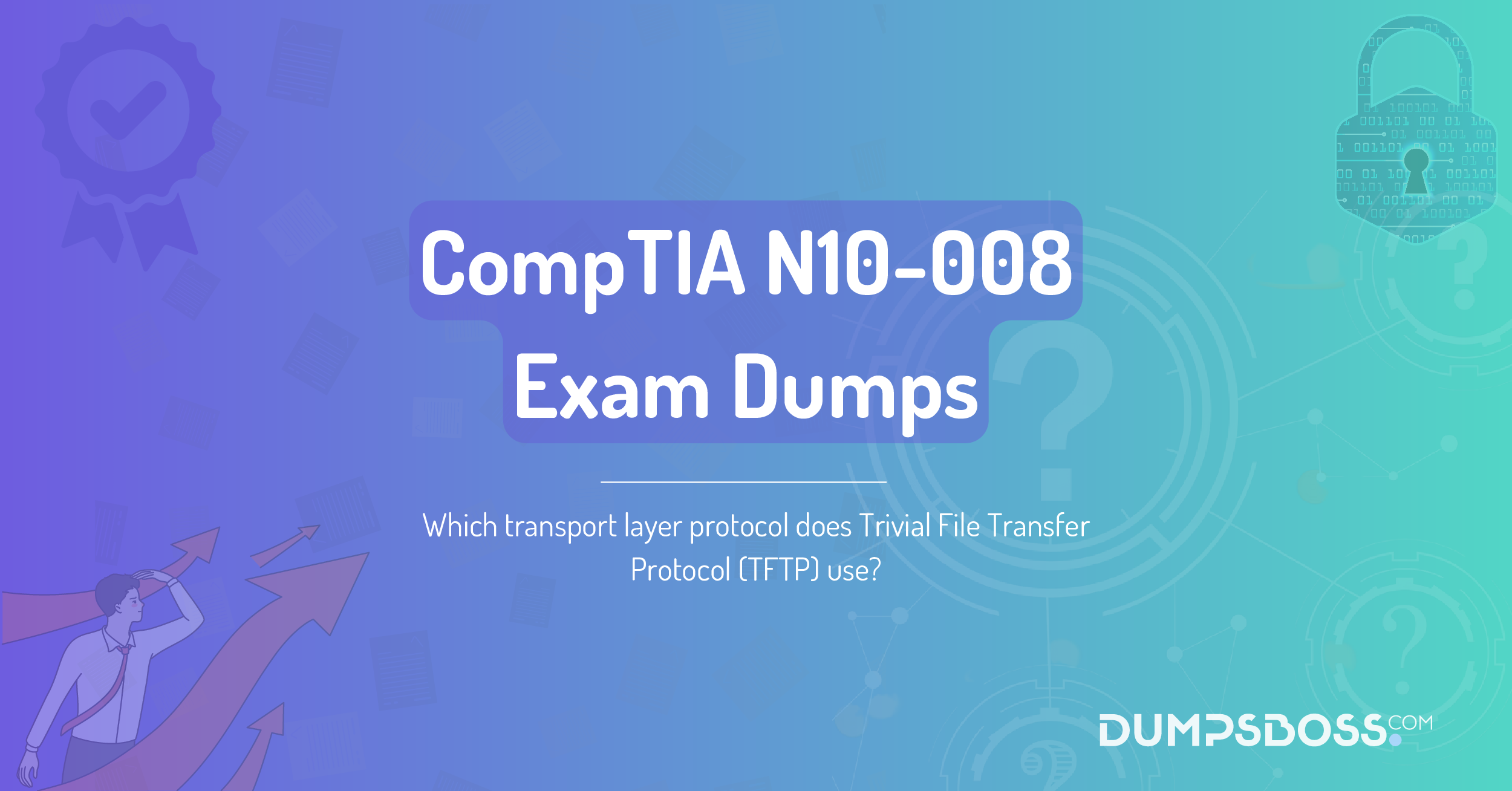Overview of the CompTIA N10-008 Exam
The CompTIA N10-008 exam is a globally recognized certification that validates the skills and knowledge required for networking professionals. As part of the CompTIA Network+ certification, this exam assesses a candidate’s ability to design, configure, manage, and troubleshoot wired and wireless networks. The certification is particularly valuable for IT professionals aspiring to roles such as network administrators, network engineers, and IT support specialists.
This exam covers several crucial topics, including:
-
Network architecture and design
-
Network operations and troubleshooting
-
Security principles and best practices
-
Networking protocols and their functionalities
-
Hardware components and their role in networking
One of the key areas tested in the CompTIA N10-008 exam is the OSI (Open Systems Interconnection) model, which serves as a foundational framework for understanding networking principles. A thorough grasp of the OSI model is crucial for interpreting networking protocols, including the Trivial File Transfer Protocol (TFTP), which is a core topic in networking.
Overview of the OSI Model Layers
The OSI model is a conceptual framework used to standardize network communications. It consists of seven distinct layers, each with a specific role in facilitating network interactions. These layers are as follows:
-
Physical Layer – Concerned with transmitting raw data bits over a physical medium, such as cables and wireless signals.
-
Data Link Layer – Responsible for node-to-node communication and error detection.
-
Network Layer – Manages logical addressing and routing using protocols like IP.
-
Transport Layer – Ensures end-to-end communication, error correction, and flow control.
-
Session Layer – Manages and controls communication sessions between applications.
-
Presentation Layer – Handles data translation, encryption, and compression.
-
Application Layer – Provides network services directly to end users, such as web browsing and email.
Among these layers, the Transport Layer is particularly significant when discussing TFTP, as it determines the method of data transport across networks.
Definition and Purpose of TFTP
Trivial File Transfer Protocol (TFTP) is a simplified version of the File Transfer Protocol (FTP). TFTP is used primarily for transferring small files between network devices without requiring authentication or complex configurations. Its main functions include:
-
Transferring boot files to diskless workstations.
-
Upgrading firmware on network devices like routers and switches.
-
Performing backups and restoring configurations.
TFTP is a lightweight protocol designed for efficiency. Unlike standard FTP, it does not support authentication or encryption, making it ideal for fast, low-overhead file transfers within secure internal networks.
The Transport Layer Protocol Used by TFTP
In the OSI model, the Transport Layer is responsible for delivering data between hosts. Two primary protocols operate at this layer:
-
Transmission Control Protocol (TCP) – Provides reliable, connection-oriented communication with error checking and retransmission.
-
User Datagram Protocol (UDP) – Offers a connectionless, faster method of data transmission without extensive error checking.
TFTP operates using the User Datagram Protocol (UDP) on port 69. This choice significantly impacts its performance and usability in networking environments.
Why TFTP Uses UDP Instead of TCP
TFTP’s reliance on UDP instead of TCP is based on several fundamental reasons:
1. Speed and Efficiency
UDP is a connectionless protocol, meaning that it does not require a handshake or acknowledgment process before data transmission begins. This reduces latency and allows for rapid file transfers, which is ideal for scenarios like network booting and firmware updates.
2. Minimal Overhead
Unlike TCP, which includes mechanisms for ensuring data reliability (such as sequencing and acknowledgments), UDP has minimal overhead. TFTP’s simplicity makes it a suitable choice for network environments where low-latency file transfers are essential.
3. Simplicity in Implementation
TFTP is designed for straightforward applications, making UDP the preferred choice. Since UDP does not require complex session management, TFTP can be implemented with minimal computational resources, allowing it to function efficiently in resource-constrained devices.
4. No Need for Guaranteed Delivery
Unlike file transfer protocols that require guaranteed delivery (e.g., FTP), TFTP operates in environments where reliability mechanisms can be handled at higher layers. If a file transfer fails, the system can simply retransmit it, making TCP’s reliability features unnecessary.
5. Stateless Communication
Because UDP does not maintain session state, TFTP can easily handle multiple client requests simultaneously without the need for extensive resource allocation.
Conclusion
Understanding TFTP and its role in networking is crucial for passing the CompTIA N10-008 exam and excelling in network administration. The use of UDP instead of TCP allows TFTP to provide fast, lightweight file transfers ideal for network booting, firmware upgrades, and configuration management.
By mastering the OSI model and the principles behind TFTP’s operation, IT professionals can enhance their networking skills and be well-prepared for real-world scenarios. DumpsBoss provides comprehensive study materials, practice exams, and expert guidance to help candidates successfully pass the CompTIA N10-008 exam. Whether you're a beginner or an experienced IT professional, DumpsBoss ensures you have the right resources to achieve your certification goals.
Special Discount: Offer Valid For Limited Time “N10-008 Exam” Order Now!
Sample Questions for CompTIA N10-008 Dumps
Actual exam question from CompTIA N10-008 Exam.
Which transport layer protocol does Trivial File Transfer Protocol (TFTP) use?
A) TCP
B) UDP
C) HTTP
D) FTP


